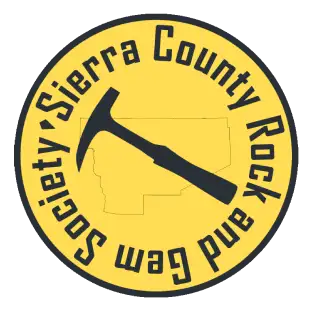Membership Library
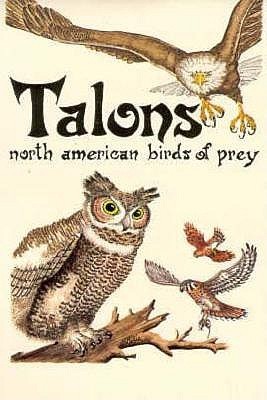
Talons: North American Birds of Prey (Pocket Guide)
This pocket reference guide focuses on native plants and beasts in the Great Basin, Mojave, Sonoran, and Chihuahuan deserts.Reminiscent of nineteenth-century botanical prints, the full-color illustrations in these small nature guides are miniature watercolors, as delightful to look at as they are accurate. Beneath each illustration the reader will find the popular and scientific names, size, range, and a concise description of the habitat or an interesting bit of lore. Ideal for the backpacker or dayhiker, the books fit handily in the pocket.
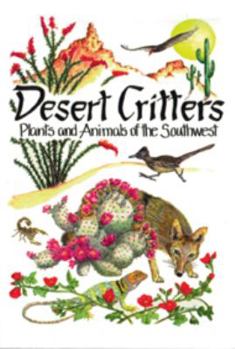
Desert Critters Plants and Animals of the Southwest (Pocket Guide)
This pocket reference guide focuses on native plants and beasts in the Great Basin, Mojave, Sonoran, and Chihuahuan deserts.Reminiscent of nineteenth-century botanical prints, the full-color illustrations in these small nature guides are miniature watercolors, as delightful to look at as they are accurate. Beneath each illustration the reader will find the popular and scientific names, size, range, and a concise description of the habitat or an interesting bit of lore. Ideal for the backpacker or dayhiker, the books fit handily in the pocket.
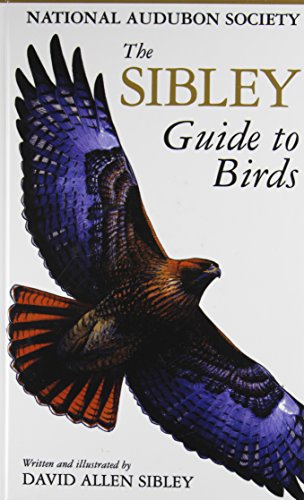
The Sibley Guide to Birds
David Allen Sibley, America's most gifted contemporary painter of birds, is the author and illustrator of this comprehensive guide. His beautifully detailed illustrations—more than 6,600 in all—and descriptions of 810 species and 350 regional populations will enrich every birder's experience. The Sibley Guide's innovative design makes it entirely user friendly. The illustrations are arranged to facilitate comparison, yet still capture the unique character of each species. The Sibley Guide to Birds provides a wealth of new information: —Captioned illustrations show many previously unpublished field marks and revisions of known marks —Nearly every species is shown in flight —Measurements include length, wingspan, and weight for every species —Subspecies and geographic varients are covered thoroughly —Complete voice descriptions are included for every species —Maps show the complete distribution of every species: summer and winter ranges, migration routes, and rare occurrences Both novice and experienced birders will appreciate these and other innovative features: —An introductory page for each family or group of related families makes comparisons simple —Clear and concise labels with pointers identify field marks directly —Birds are illustrated in similar poses to make comparisons between species quick and easy —Illustrations emphasize the way birds look in the field With The Sibley Guide to Birds, the National Audubon Society makes the art and expertise of David Sibley available to the world in a comprehensive, handsome, easy-to-use volume that will be the indispensable identification guide every birder must own.
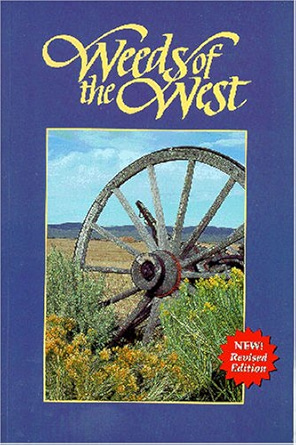
Weeds of the West
The book is a trade paperback format written in English, with beautiful photos included. Authored by Tom Whitson, the book is a comprehensive guide covering weeds of the West.
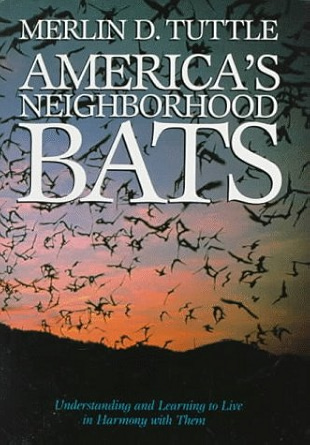
America’s Neighborhood Bats
Since its publication in 1988, America's Neighborhood Bats has changed the way we look at bats by underscoring their harmless and beneficial nature. In this revised edition, Merlin D. Tuttle, founder and science director of Bat Conservation International in Austin, Texas, offers bat aficionados the most up-to-date bat facts, including a wealth of new information on attracting bats and building bat houses and a totally revamped key to the identification of common North American species.
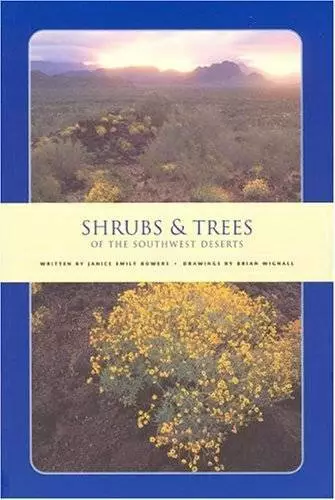
Shrubs & Trees of the Southwest Deserts
A stunning variety of shrubs and trees grow across the vast desert that extends from California to western Texas and from central Utah into Mexico. Shrubs and trees of the Southwest deserts will help you find and identify plants from this region's four great tracts of arid land: the Mojave, Sonoran, Chihuahuan, and the Great Basin deserts. Specialist and non-specialist alike will enjoy the detailed drawings and clear descriptions. Botanist Janice Emily Bowers describes how these plants have adapted to survive in the southwestern desert's extreme environment, adding interesting information about possible human uses. Brian Wignall's intricate illustrations include flower and fruit as well as clear views of the leaves of plants. Shrubs and trees of the Southwestern deserts also gives details about the ranges of plants and where you are most likely to see them. Handy color-coded pages and a detailed index with both common and scientific names make this one guide that is a delight to use. From enormous saguaro cactus to slender sweetbush, from spiny yucca to white-flowered desert cotton, Shrubs and trees is the essential guide to the southwestern deserts.
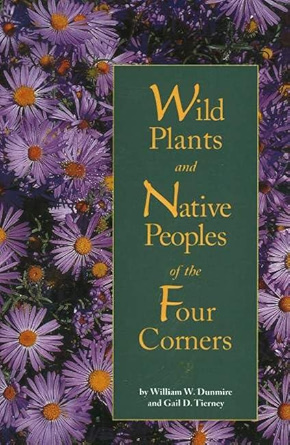
Wild Plants and Native Peoples of the Four Corners
This book emphasizes prehistoric uses of plants in the Four Corners area, focusing on Mesa Verde National Park, Chaco Canyon, Canyon de Chelly, Aztec Ruins, Hovenweep, and other major sites of the region once occupied by the Navajo, Ute, Paiute, Hopi, and Apache peoples. Dunmire and Tierney are able to eloquently illustrate the importance of the people-plant relationship that has existed throughout the ages among Native peoples and how ancient traditional uses of these plants inform contemporary uses today. Through vignettes of background information drawn from lore and cultural traditions and interviews with tribal elders, Wild Plants and Native Peoples of the Four Corners describes uses for edible, medicinal, and dye plants, as well as plants used for making baskets, tools, and shelters. Complementing these essays are profiles of fifty new trees, shrubs, herbaceous perennials, and grasses common to traditional Native America.
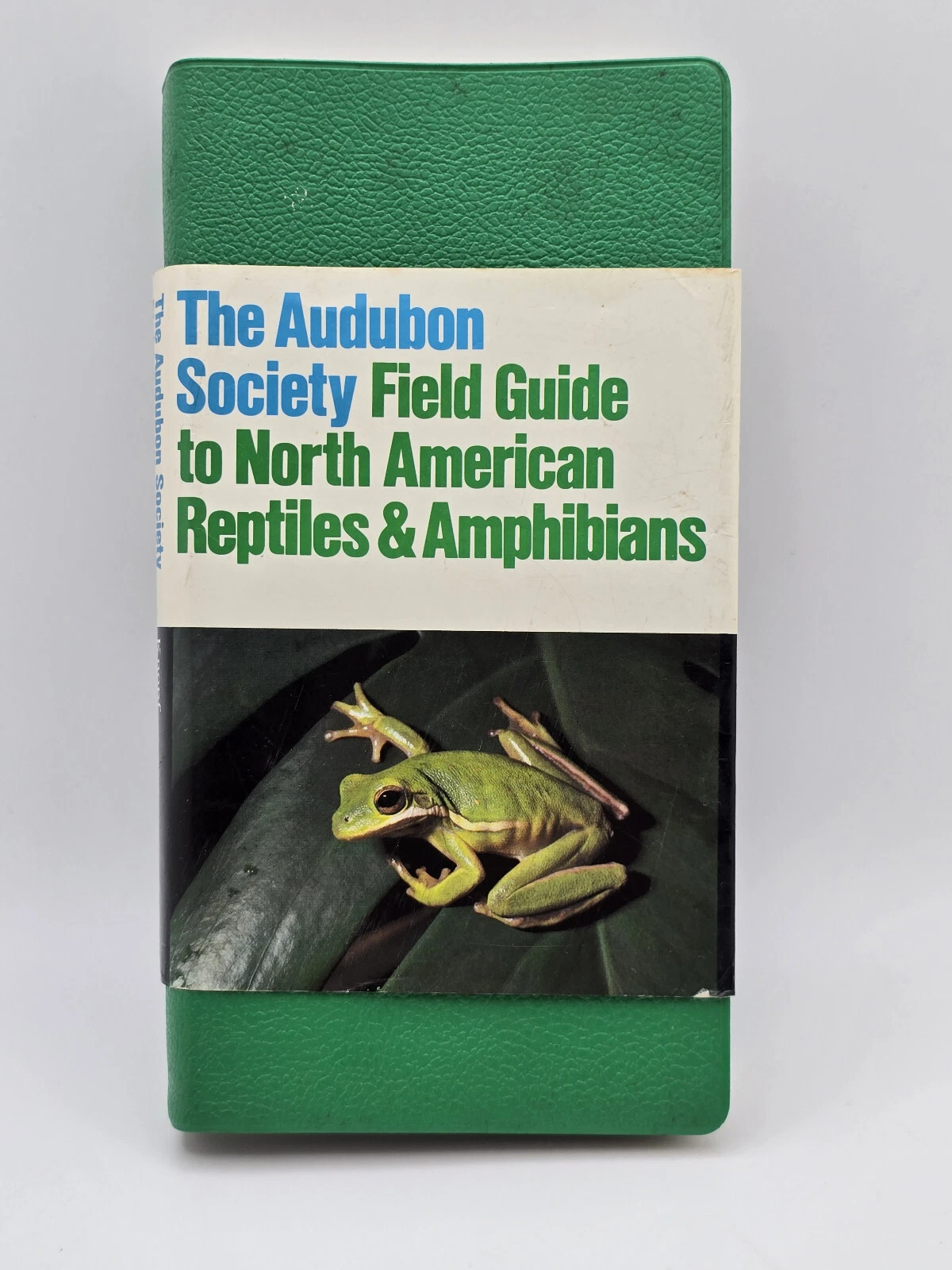
National Audobon Society Field Guide to North American Reptiles & Amphibians
Full-color, National Geographic-quality photographs provide unsurpassed clarity and ensure virtually fool-proof identification of every specimen. Guides also include easy-to-use identification keys, detailed glossaries, and interesting facts about the environment and location of featured birds, buds, or bugs.

Western Reptiles and Amphibians
This guide describes 244 species plus 260 subspecies, includingthe key features needed to identify them. The 600 illustrations show details of anatomy, reproduction, scale arrangement, and life stages. Full range information is given in 200 maps.
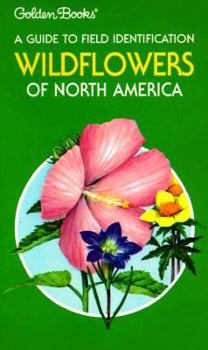
A Guide to Field Identification: Wildflowers of North America
An identification guide with illustrations and descriptive information on over 1500 common species of wildflowers.
